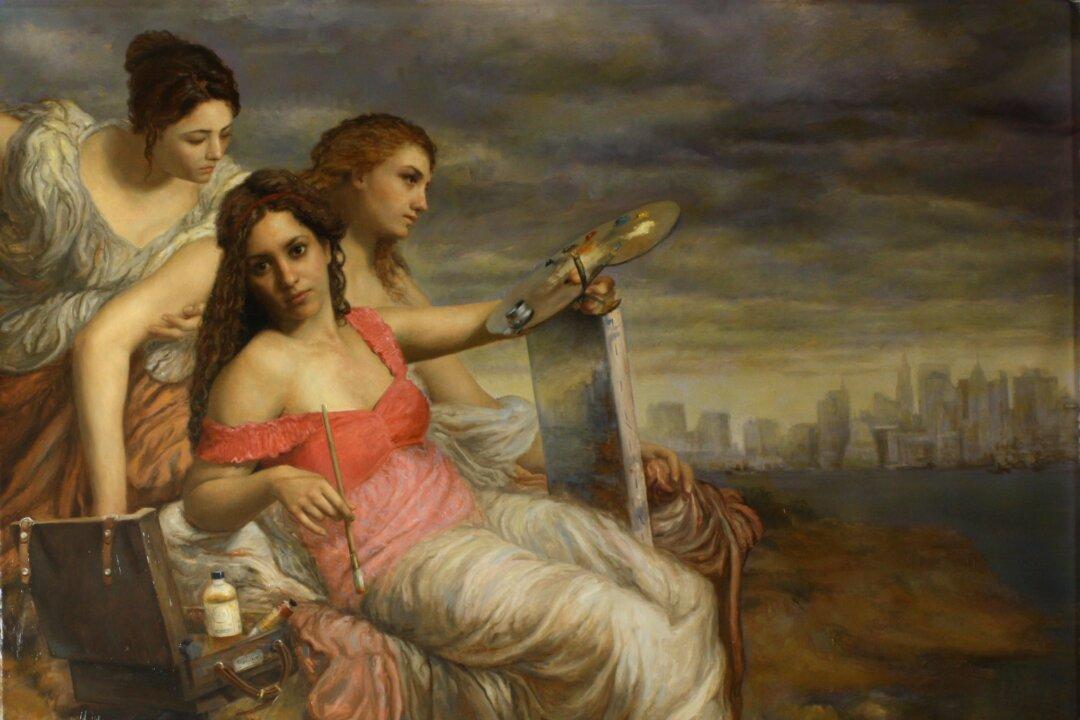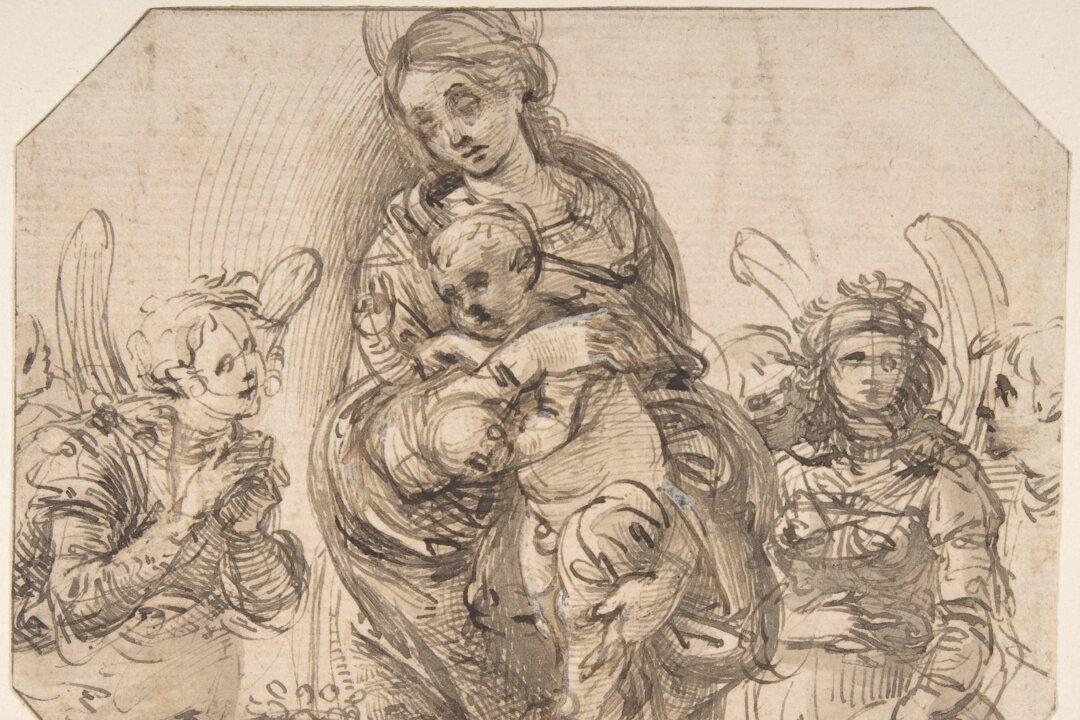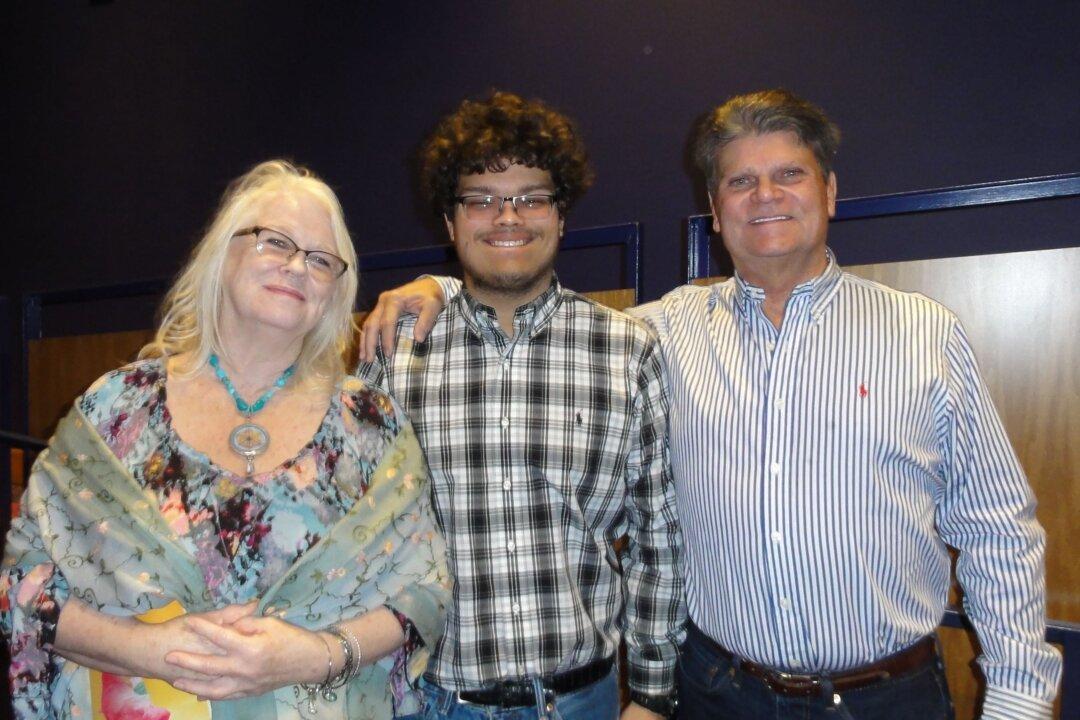Compared to his time in the boxing ring and then his stint acting and appearing on television, Cesar Santos’s calling as an artist came naturally.
“Everything else I did, there was an internal conflict within me. Every time I was painting or drawing, things were flowing better, even my life. There was more love I was able to express,” said the spunky Cuban-born artist.





